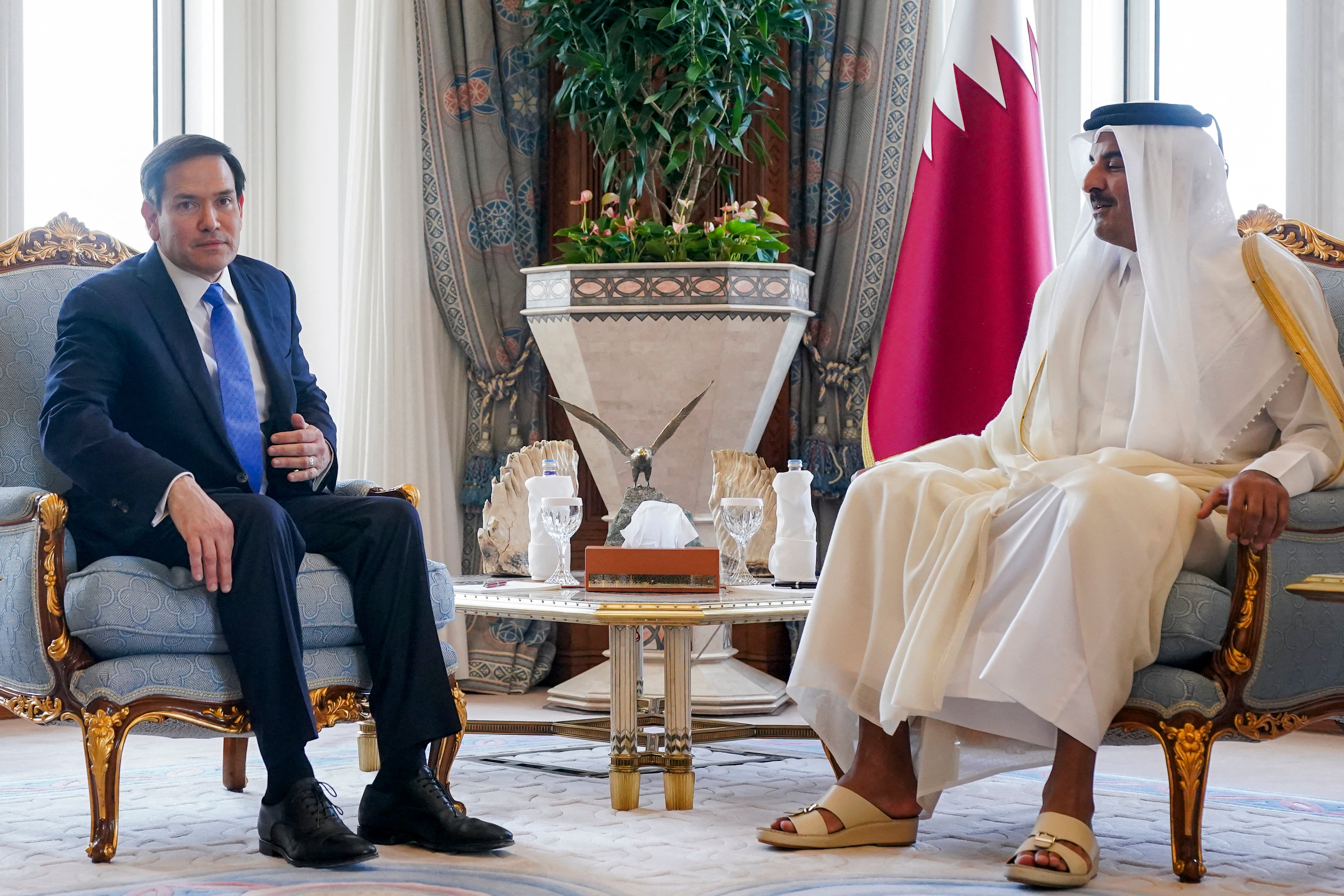Hace una década, Alemania tomó una decisión sin precedentes que cambiaría su escenario social y político en los años siguientes. En 2015, en el apogeo de la crisis migratoria europea, el país acogió a cerca de un millón de refugiados, la mayoría huyendo de la guerra y la inestabilidad en Siria, Irak y Afganistán. Fue una acción que capturó la atención mundial, generando tanto elogios por su liderazgo humanitario como intensos debates sobre sus implicaciones a largo plazo.
Today, ten years on, Germany represents an example of how significant migration can change a country. The decision led to major changes in population makeup, job markets, governance, and cultural self-perception. Although the integration journey has experienced both achievements and obstacles, the situation still influences national discussions concerning migration, safety, and Europe’s future.
The decision that changed modern Germany
When the then-Chancellor Angela Merkel announced “Wir schaffen das” — “We can do this” — in reply to the refugee surge, it signified one of the most daring policy declarations in German history. Merkel’s administration chose a welcoming stance while several countries were shutting down their frontiers. Trains carrying weary families reached Munich and other urban areas, met by volunteers providing meals, drinks, and housing.
The humanitarian gesture earned Germany international recognition, but it also introduced significant challenges. Municipalities faced immense pressure to provide housing, healthcare, and education for hundreds of thousands of newcomers. The country had to adapt quickly, implementing large-scale integration programs aimed at language acquisition, job placement, and cultural orientation.
Financial effects and changes in the labor force
One of the most debated questions at the time was whether Germany could absorb such a large number of people without straining its economy. A decade later, the answer is nuanced but largely positive. While integration into the labor market was slow initially, especially for those with limited education or professional experience, many refugees have since found employment in sectors facing labor shortages.
Germany’s aging population and declining birth rate made immigration a critical factor for sustaining economic growth. Refugees have contributed to filling roles in industries such as manufacturing, logistics, and healthcare. According to economic studies, the fiscal cost of resettlement programs in the early years has been partially offset by tax contributions from refugees who have entered the workforce.
However, disparities remain. While some highly skilled individuals successfully transitioned into specialized fields, others continue to face barriers related to language, recognition of foreign qualifications, and discrimination in hiring practices. Policymakers emphasize that continued investment in education and vocational training is essential to fully harness the economic potential of this population.
Cultural integration and social dynamics
The influx of refugees also brought significant cultural changes. Communities that had been largely homogenous a decade ago are now more diverse, with Middle Eastern and African influences visible in local markets, schools, and neighborhoods. This cultural shift has enriched Germany’s social fabric but has also sparked debates over identity, values, and assimilation.
Projects that encourage cultural interaction and community participation have been crucial in creating unity, but conflicts have arisen in certain regions. Worries regarding a lack of housing, rivalry for public services, and occasional criminal acts have energized populist discourses attributing social issues to immigration. These feelings have supported the growth of extreme right-wing movements and political parties that promote tougher immigration laws.
Although there are these conflicts, research shows that the views of the German public regarding immigration are more moderate compared to several other countries in Europe. A notable segment of the community acknowledges the humanitarian need to offer asylum, even as they voice worries about assimilation and safety.
Political consequences and policy evolution
The decision to accept one million refugees was a turning point in German politics. It bolstered support for humanitarian values among progressives but also energized populist and nationalist movements. The Alternative for Germany (AfD), a right-wing party, capitalized on anti-immigration sentiment to gain seats in parliament, reshaping the political landscape and forcing mainstream parties to address migration as a central electoral issue.
Over the past decade, Germany has refined its asylum and immigration policies, balancing humanitarian obligations with stricter border controls and agreements with other countries to manage migration flows. Recent legislation emphasizes integration through language courses, job training, and civic education, aiming to reduce dependence on social welfare and promote self-sufficiency among newcomers.
Impact on education and community life
Schools throughout Germany have undergone significant transformations as classrooms have become more linguistically and culturally varied. Educators modified curricula to assist students with limited German language skills, and local authorities invested in extra resources for language education.
This shift presented challenges but also opportunities. Many educators report that increased diversity has enriched classroom discussions and fostered global awareness among German students. Community initiatives, including mentorship programs and intercultural events, have played an important role in bridging gaps between locals and newcomers.
Insights from ten years of migration
As Germany reflects on the past ten years, experts point to several key lessons. First, large-scale migration requires not only logistical preparedness but also sustained political commitment and societal support. Second, integration is a long-term process that goes beyond employment — it encompasses cultural adaptation, social inclusion, and equal opportunity.
Finally, Germany’s experience illustrates both the benefits and complexities of immigration in a globalized world. While the country has faced undeniable challenges, it has also gained economic resilience and cultural diversity. For many refugees, Germany has become a place of safety and opportunity, while for Germany, the experience has tested — and reaffirmed — its role as a leader in humanitarian policy.
As new migration pressures emerge globally, Germany’s journey offers valuable insights into how nations can navigate the delicate balance between compassion and practicality. The next decade will determine whether the foundations laid over the past ten years will lead to deeper integration and social cohesion, or whether unresolved tensions will continue to shape political and cultural debates.




